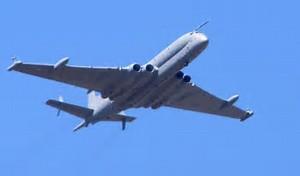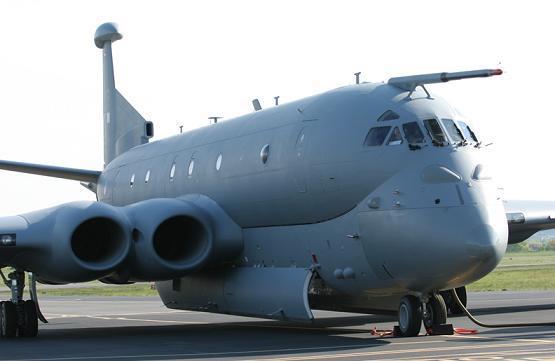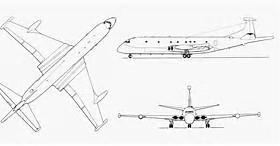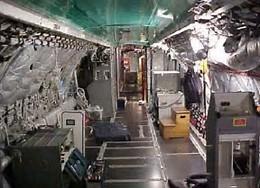S'sonic
Stealth
Menu
A free template by Lucknowwebs.com for WYSIWYG WebBuilder 8
Powered by Sispro1-S
Nigel G Wilcox
Paragon Of Space Publication
© Copyright Reserved - United Kingdom
Ideal Screen Composition 1024 x 768
SITEMAP
PSEUDO SCIENCE
SCIENCE RESEARCH
ABOUT
Desk
Supersonic
Stealth
Study
Menu
MAIN INDEX
Fastest Air Planes
Space
Transport
Menu
http://military.wikia.com/wiki/SEPECAT_Jaguar?file=Cockpit_of_Jaguar_GR.3A.jpg
BAe Nimrod 2000
The BAE Systems Nimrod MRA4 was a planned maritime patrol and attack aircraft intended to replace the Hawker Siddeley Nimrod MR2. The rebuilt aircraft would have extended the operating life of the Nimrod fleet by several decades and significantly improved the aircraft by installing more efficient Rolls-Royce BR700 turbofan jet engines to almost double the flight range. The conversion of the flight deck to a digital glass cockpit would have simplified control operations and reduced crew requirements. New detection systems were to be installed, as well as additional weapons for anti-submarine warfare.
Length: 126.64 ft Wingspan: 126.97 ft Manufacturer: BAE Systems
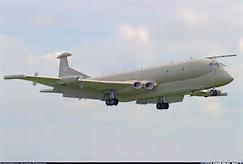
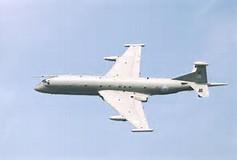
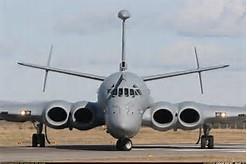
The Hawker Siddeley Nimrod was a maritime patrol aircraft developed and operated by the United Kingdom. It was an extensive modification of the de Havilland Comet, the world's first operational jet airliner. It was originally designed by de Havilland's successor firm, Hawker Siddeley; further development and maintenance work was undertaken by Hawker Siddeley's own successor companies, British Aerospace and BAE Systems, respectively.
Designed in response to a requirement issued by the Royal Air Force (RAF) to replace its fleet of ageing Avro Shackletons, the Nimrod MR1/MR2s were primarily fixed-wing aerial platforms for anti-submarine warfare (ASW) operations; secondary roles included maritime surveillance and anti-surface warfare. It served from the early 1970s until March 2010. The intended replacement was to be extensively rebuilt Nimrod MR2s, designated Nimrod MRA4; however due to considerable delays, repeated cost overruns, and financial cutbacks, the development of the MRA4 was abandoned in 2010.
In addition to the three Maritime Reconnaissance variants, two further Nimrod types were developed. The RAF operated a small number of the Nimrod R1, an electronic intelligence gathering (ELINT) variant. A dedicated airborne early warning platform, the Nimrod AEW3 was in development from late 1970s to the mid-1980s; however, much like the MRA4, considerable problems were encountered in development and thus the project was cancelled in 1986 in favour of an off-the-shelf solution in the Boeing E-3 Sentry. All Nimrod variants had been retired by mid-2011.
General characteristics
Crew: 13
Capacity: 24
Length: 38.65 m (126 ft 9 in)
Wingspan: 35.00 m (114 ft 10 in)
Height: 9.14 m (31 ft)
Wing area: 197.05 m² (2,121 sq ft)
Empty weight: 39,009 kg (86,000 lb)
Max. takeoff weight: 87,090 kg (192,000 lb)
Powerplant: 4 × Rolls-Royce Spey turbofans, 54.09 kN (12,160 lbf) each
Performance
Maximum speed: 923 km/h (575 mph)
Cruise speed: 787 km/h (490 mph)
Range: 8,340-9,265 km (5,180-5,755 mi)
Service ceiling: 13,411 m (44,000 ft)
Number Built: 49 (+2 prototypes)
Armament
Guns: None
Hardpoints: 2× under-wing pylon stations and an internal bomb bay with a capacity of 20,000 lb (9,100 kg) and provisions to carry combinations of:
Rockets: None
Missiles:
Air-to-air missile:
2× AIM-9 Sidewinder (non-standard in RAF service, only mounted on the MR2 during the Falklands War)
Air-to-surface missile:
Nord AS.12
Martel missile
AGM-65 Maverick
AGM-84 Harpoon
Bombs:
Depth charges:
2x US-owned B57 nuclear depth bombs (until 1992)
WE.177A nuclear depth charges (10kt)
Other:
Air-dropped Mk.46 torpedoes
Sting Ray torpedoes
Naval mines
Sonobuoys
Role: Maritime patrol aircraft
Manufacturer: BAE Systems
First flight: 26 August 2004
Status: Cancelled
Number built: 3 development plus 2 production
Developed from: Hawker Siddeley Nimrod MR2







